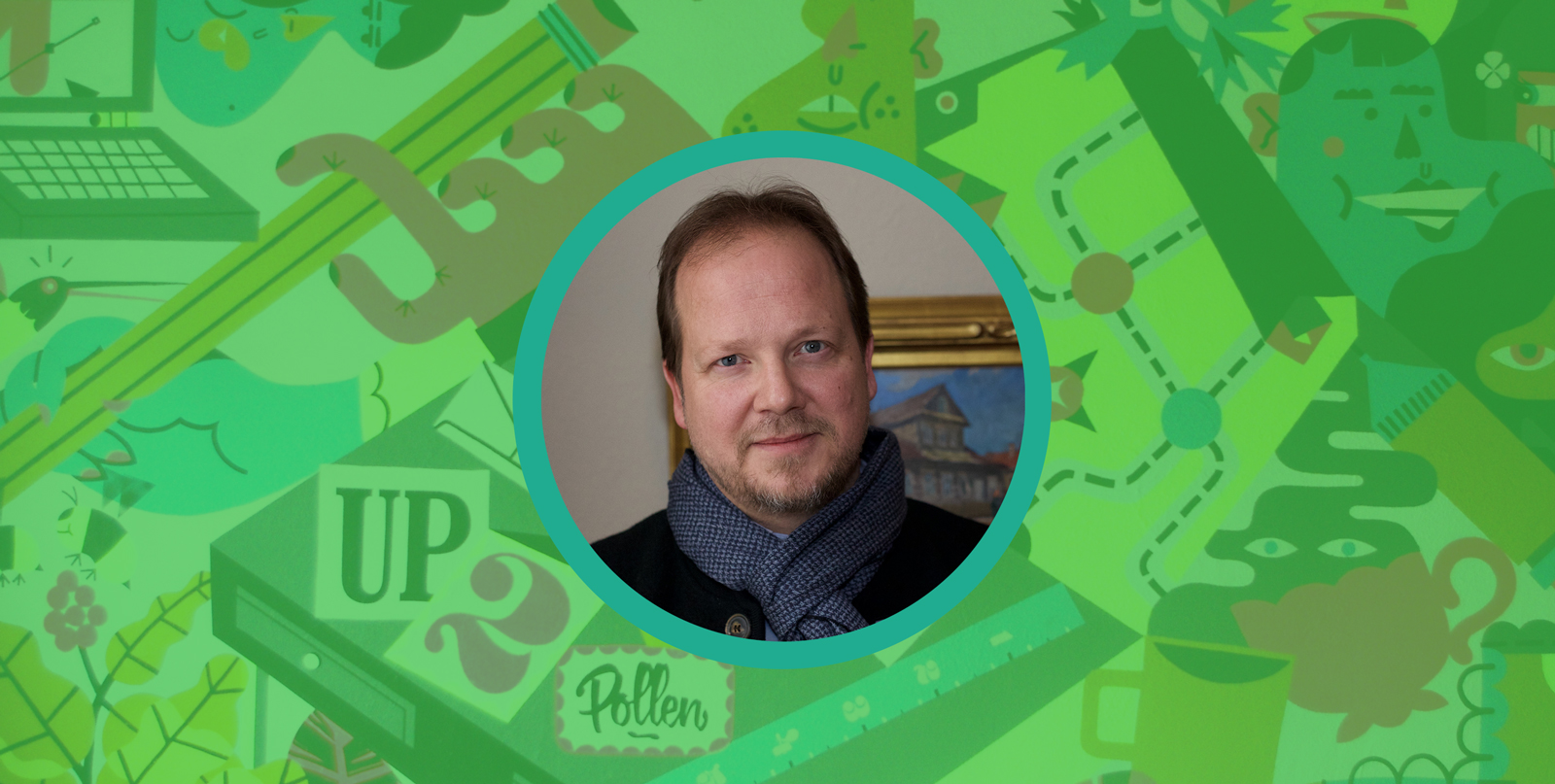
Nestled in the Windom neighborhood of south Minneapolis stands a building that was once home to the Mayflower Congregational Church in 1935. The Spanish Colonial-Revival style building is now home to the only museum of its kind in North America. Under the direction of Vladimir von Tsurikov, The Museum of Russian Art advances cultural diplomacy and Russian art and culture right here in Minneapolis. We recently sat down with Vladimir to learn more about what drives his passion for Russian art and international collaboration.
The Museum of Russian Art (TMORA) is the only museum of its kind in North America. How did it come to reside in South Minneapolis?
The Museum was founded by an American art collector, Raymond Johnson, who had an affinity for 20th century Russian realist paintings. Having collected literally thousands of Russian paintings, Ray Johnson ignited a strong interest in the U.S. in this period of Russian and Soviet art. His desire to share this art with a broader public led him to open a museum in 2002, which was first located in Bloomington, and then moved to its present location in 2005. It is very conveniently located right off of 35W at the Diamond Road exit. Thanks to Ray Johnson’s vision, TMORA has been able to engage in a creative programming for over a decade, offering up to six originally curated exhibitions annually, covering a variety of different art forms and periods. Today, TMORA serves a broad vision, which includes art, history, and culture. As a young cultural startup, TMORA has a very distinctive energy, and I have personally fallen in love with this extraordinary place.
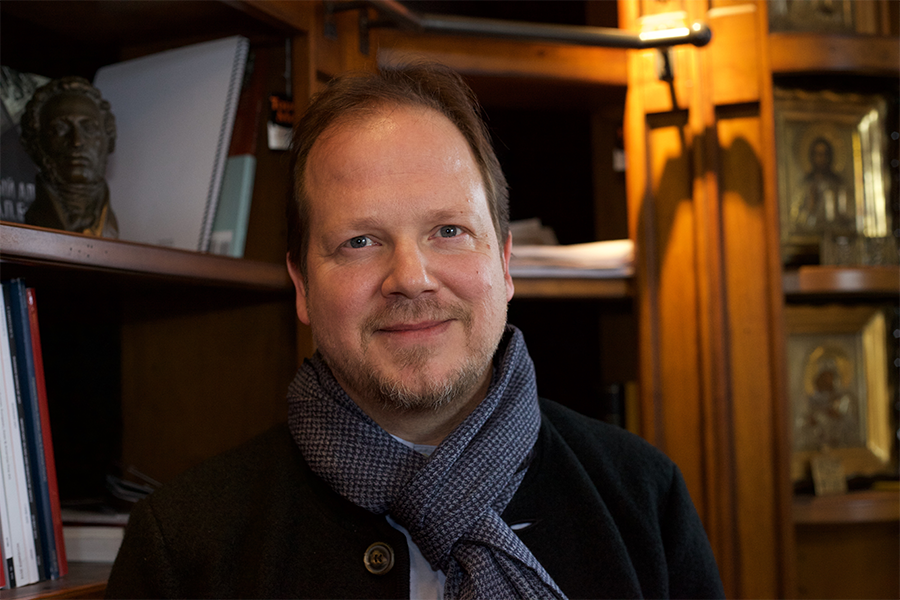
What’s the first thing you would teach someone about Russian art who knew nothing about it?
Any art form should always allow the viewer to connect with it, to touch one not only on the surface, and not just intellectually, but also emotionally. Russian art does that very well, it engages you and captivates. There is also something universal about Russian art, that transcends borders and cultures.
You and your family have a long and rich Russian history. How has that influenced your education and career path?
My grandparents emigrated from Russia after the Civil War, fleeing from persecution. As a result, I grew up speaking Russian at home, and my parents tried their best to pass on cultural traditions to their children. Growing up in Germany made it difficult to preserve an active interest in our historical heritage; however, learning about the past, including my parents’ stories about family friends such as Tolstoy and Dostoevsky, certainly sparked my interest. It led me to devote a significant part of my life to research this family history, filled with stories of generals, poets, philosophers, princes and peasants, Decembrists and White Army officers. Still, the single greatest influence in my life that inspired me most in connecting with this heritage was Dostoevsky; reading his novels has cemented a life-long love for appreciation of Russian culture in its different manifestations.
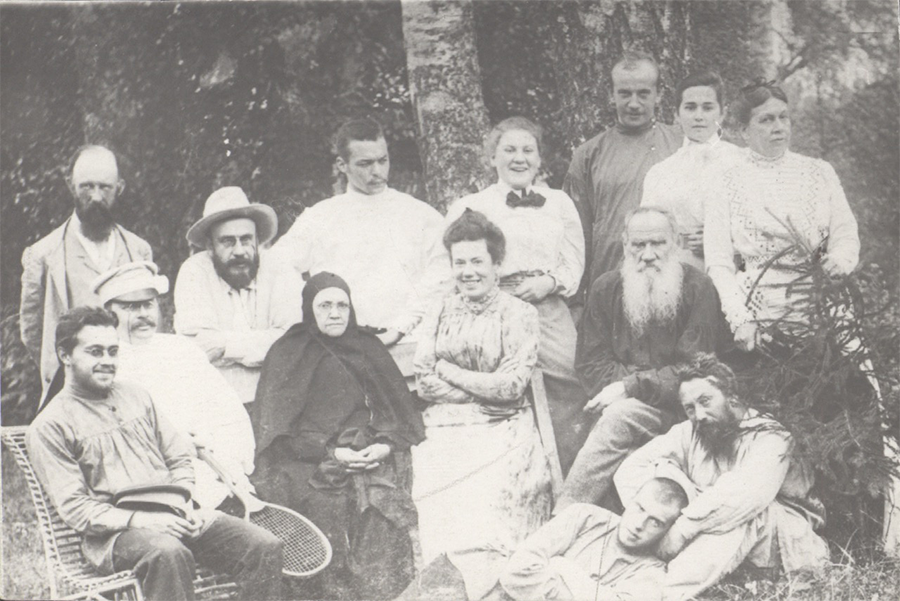
Vladimir’s grandfather, Nikolai Tsurikov, seated in the first row on the left, with friends and family of the famous Russian writer Leo Tolstoy (far right).
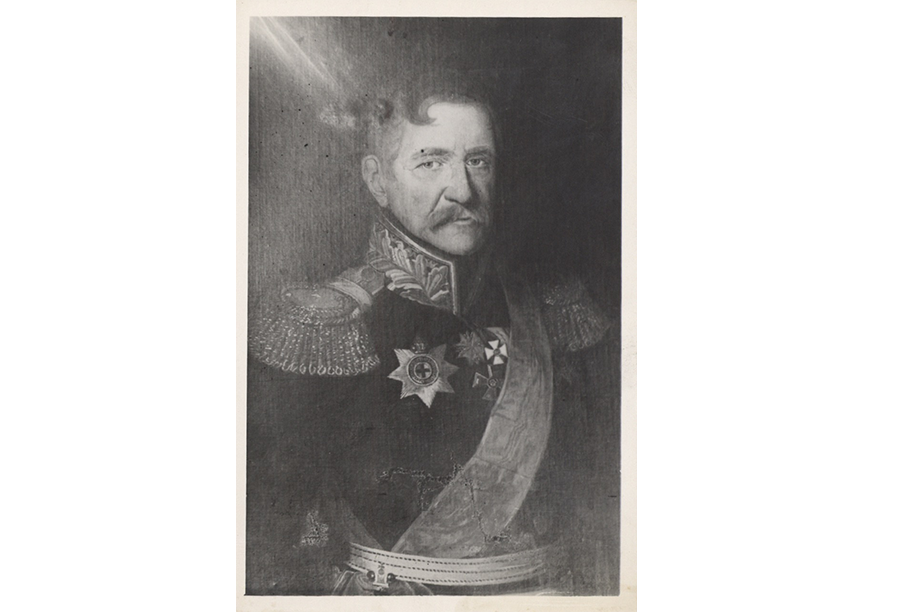
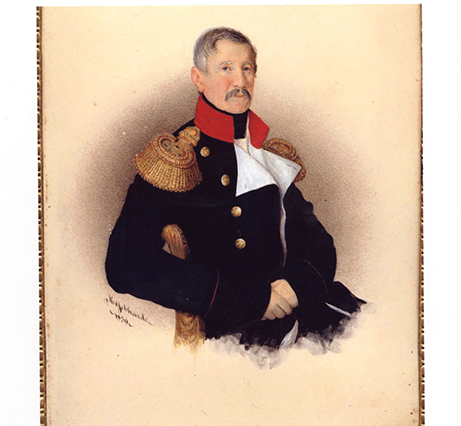
Vladimir’s great-great-great-grandfather, General Karl Gustav Staal, one of the heroes of the Russian Army that defeated Napoleon.
How does the work you do as the director of The Museum of Russian Art break down barriers to build better connected communities?
There are different ways to approach this question. On one hand we are living in a global community today, with relationships and responsibilities that have global implications. On the other hand, our focus always needs to be rooted in our local community, in embracing opportunities on our turf, so to speak. Being able to work within what could be viewed as a narrow field, my focus is nevertheless on a larger constituency, based here in the Twin Cities, a community that—with each new exhibition, with each new event—is able to learn something new, something it may not see or hear anywhere else. This process must ultimately be the most rewarding experience, as it directly fulfills our education mission. We are not preaching to the choir, we are seeking to engage not only an audience that appreciates Russian art, but also those, who may for the first time come into contact with this culture by visiting The Museum of Russian Art.
The Museum’s “Faces of War: Russia in World War I” exhibition is unique in that it was co-organized with the Russian culture ministry during a loan embargo between the U.S. and Russia that began in 2011. How has this exhibit fostered better cultural relations between the US and Russia?
This project was extremely significant, especially given the current disintegration of political relations between the U.S. and Russia. Unfortunately, this political crisis has affected all areas of collaboration, including within culture. I strongly believe in the important role that cultural institutions occupy in the area of improving mutual understanding. This is in many ways more crucial today than even during the Cold War. Cultural exchanges in academia, collaborations across the entire spectrum of the arts were welcomed, while today we encounter protests, bureaucratic red tape, and frequent lack of support of initiatives that would allow our two countries to come closer together.
By organizing the “Faces of War” exhibition, TMORA was the only U.S. museum that saw the Ministry of Culture of the Russian Federation as a co-organizer—a total of seven countries were represented. This, indeed, allowed TMORA to do its part in the important area of cultural diplomacy. Our commitment to cultural diplomacy does not stop there, of course. We recently hosted a roundtable discussion devoted to that topic, and are actively working on additional ways to transcend these divisions.
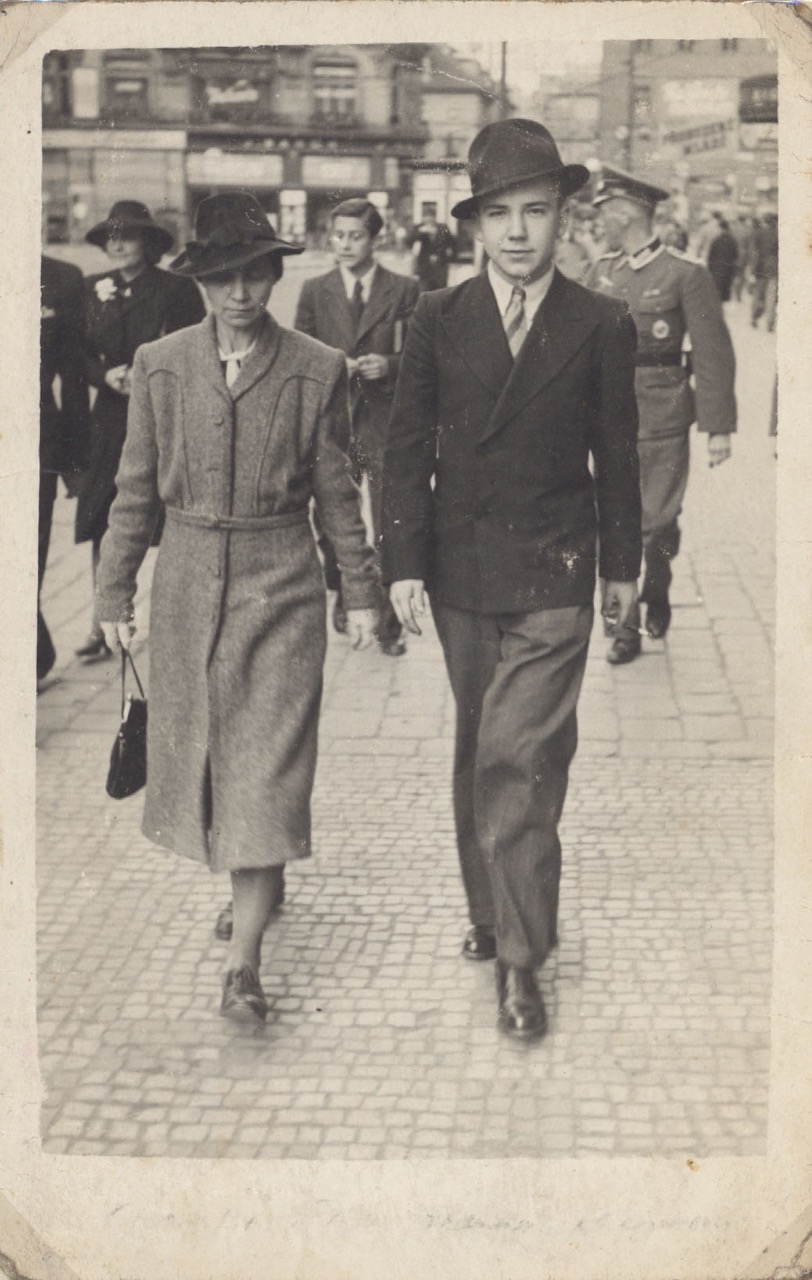
Vladimir’s father, Alexey von Tsurikov, in Nazi occupied Prague, Czechoslovakia.
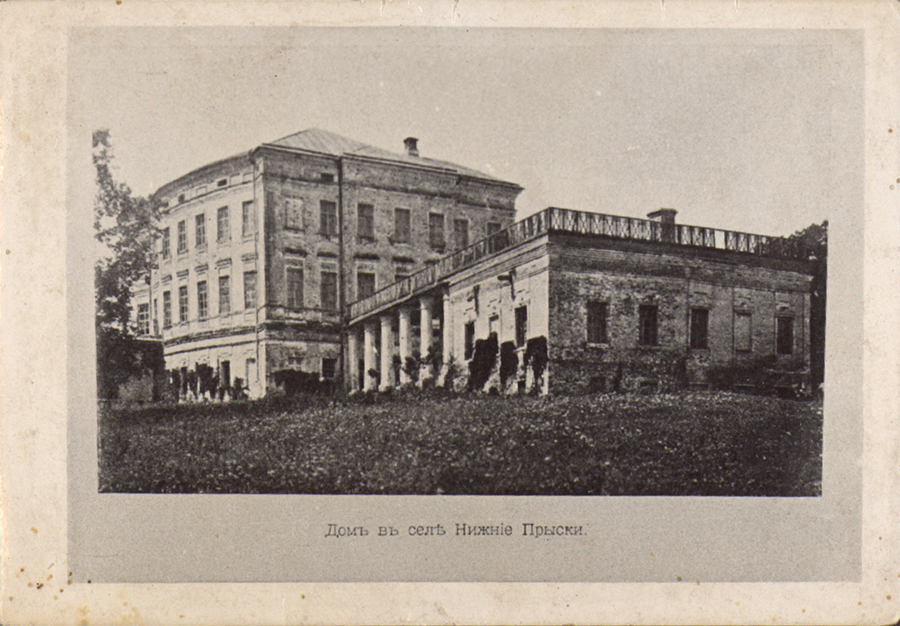
One of the family’s estates before the 1917 Russian revolution. The estate was entirely destroyed within the first 20 years of Bolsheviks coming to power.